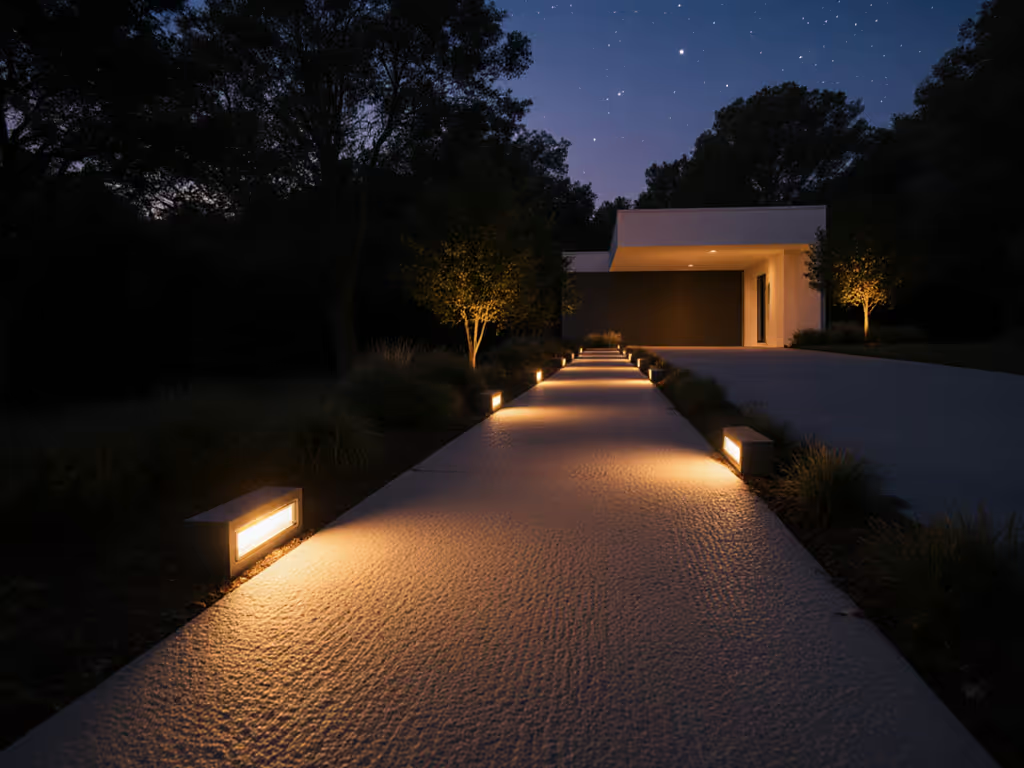
How to Get Tailored Recommendations for Eco Friendly Light Setups: A Complete Camper’s Guide
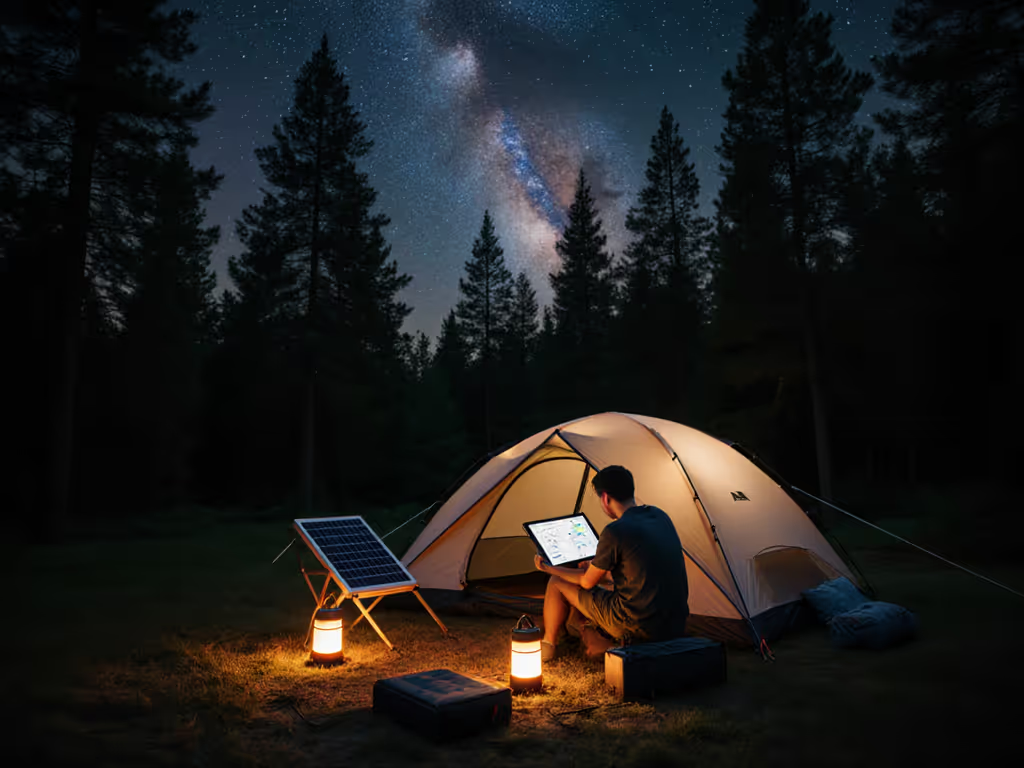
You want tailored recommendations for eco friendly light setups that keep your camp safe, comfortable, and kind to the night. Yet choosing lights is not just about lumens and price tags. If brightness numbers confuse you, our lumens camping guide maps output to real campsite tasks. It is about protecting your night vision, conserving battery power, and minimizing skyglow so stars remain visible for everyone. Modern LED (light-emitting diode) systems can cut energy use by up to 75 percent compared with old incandescents while lasting far longer, according to widely cited efficiency reports. Still, a bright device in the wrong place or at the wrong color temperature can cause glare, disrupt sleep, and waste energy.
In this guide, you will learn how to translate your trip details into a precise plan that fits your site, group size, and activities. We will turn specs into plain language, balance comfort with dark-sky etiquette, and show you how to size batteries and solar reliably. Along the way, we will reference independent best practices and real-world use cases so you can avoid common mistakes. If you want expertise without the trial-and-error, Camp Crew Lighting offers end-to-end guidance: comprehensive reviews of camping lighting products, how-to articles, and curated, dark-sky-friendly recommendations and tailored buyer's guides.
Why Tailored, Eco-Friendly Camp Lighting Matters
Light shapes every nighttime moment outdoors: finding the trailhead, prepping food, reading in your tent, or guiding kids to the restroom. The wrong light can feel like a car’s high beams in your face, wiping out night vision and bothering neighbors. Conversely, thoughtful choices create a calm, safe glow that respects wildlife and fellow campers. Studies frequently note that 80 percent of people worldwide live under light-polluted skies, and campgrounds are not immune. For impact basics and ways to cut skyglow at camp, see our eco-friendly camping lights guide. When we overshoot brightness or aim fixtures poorly, we enlarge the problem and burn through batteries fast.
Eco-friendly does not mean dim or impractical; it means targeted, warm, and efficient. LED (light-emitting diode) modules, warm-white or amber color temperatures, and effective diffusers can deliver task-ready light using fewer watt-hours. Directional optics and shades preserve your peripheral vision, while dimmers adapt to changing needs. If you have ever felt your headlamp was “too much,” you have seen the case for right-sized output and beam angles. Camp Crew Lighting specializes in solving these pain points by testing gear, comparing features head-to-head, and recommending product selections and configurations that reduce glare, preserve the night, and extend runtime.
What Data You Need to Get Tailored Recommendations for Eco Friendly Light Setups
Personalized advice is only as good as the inputs, so gather a few specifics before you buy. Start with group size, campsite type, and activities. Are you cooking after dusk, playing cards, or navigating to tent pads? Next, think about constraints: quiet hours, neighboring sites, sensitive habitats, and charging access. Finally, list your gear interfaces and limitations. Do you charge by solar, vehicle 12-volt DC (direct current), wall AC (alternating current), or power bank? With these details, an expert can right-size lumens, choose safe color temperatures, and map charging to your itinerary, not the other way around. This is the backbone of tailored planning that saves money and space while delivering comfort.
Watch This Helpful Video
To help you better understand tailored recommendations for eco friendly light setups, we've included this informative video from Eric Wang. It provides valuable insights and visual demonstrations that complement the written content.
- Trip profile: destination, season, sunrise and sunset times, expected weather, and quiet hours.
- People and tasks: number of campers, ages, night routines, and must-do activities after dark.
- Site layout: distance between tent, cook area, and path; whether trees allow overhead lines; reflectivity of surfaces.
- Power access: solar exposure, vehicle 12-volt DC (direct current), wall AC (alternating current), or generator-free goals.
- Preferences and sensitivities: warm or amber light, red mode needs, glare tolerance, and wildlife considerations.
- Gear constraints: weight limits, USB (universal serial bus)-C charging, IP (ingress protection) rating for rain, and mounting options.
Camp Crew Lighting uses this simple intake to produce targeted, eco-minded plans. Because the questions map to real performance drivers, your final plan balances brightness, beam direction, and battery life with minimal waste. The result feels made for you.
Core Technologies and Dark-Sky Principles Explained
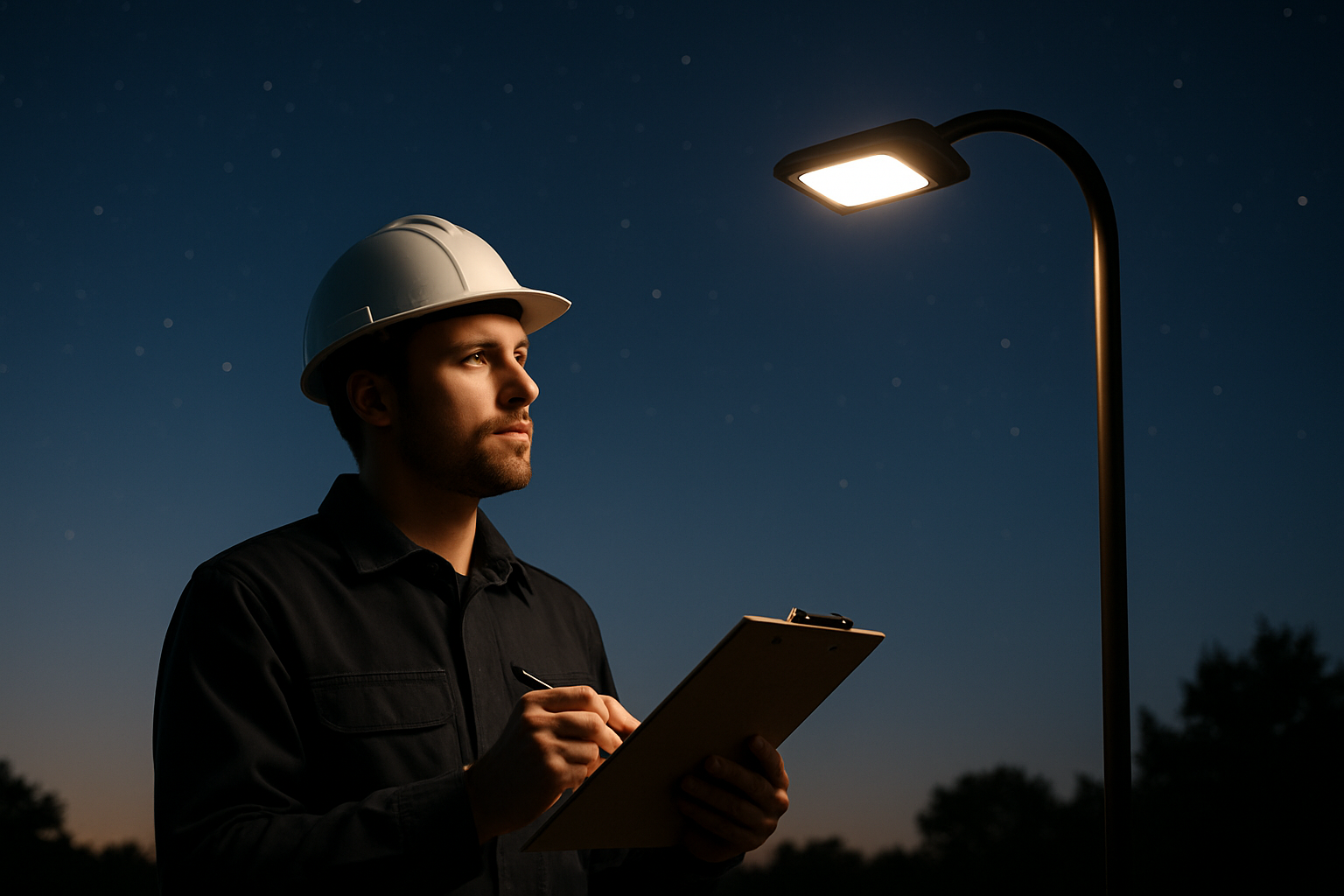
To configure sustainable camp lighting, it helps to demystify the tech. LED (light-emitting diode) emitters are highly efficient, but the optics and controls determine whether light is cozy or harsh. Aim for warm color temperatures around 2200 to 3000 Kelvin, or amber for wildlife-sensitive areas. High CRI (color rendering index) above 80 makes food prep and first aid feel natural without extra brightness. Add physical shielding, shades, or downward-facing mounts to cut glare and prevent wasted upward light. Choose dimmers and step modes so you can set the minimum light needed, not a fixed maximum. Red modes preserve night vision for late walks or stargazing. In practice, dark-sky-friendly means right color, right direction, and right amount. For a deeper dive into color temperature and night vision, read warm white vs cool white.
Different form factors serve different jobs. Headlamps excel for movement, lanterns for ambiance and group tasks, strips for under-canopy diffusion, and path lights for safety with minimal intrusion. To choose between overhead ambience and ground-level safety, compare pathway lighting vs string lights. The table below summarizes how these tools compare when configured for low-impact, high-comfort nights. Use it as a quick filter when evaluating models and reading reviews. Camp Crew Lighting’s comprehensive reviews of camping lighting products drill into optics, diffusers, switches, and runtime claims, highlighting what matters at camp rather than in a lab spec sheet.
| Light Type | Typical Lumens | Runtime at Eco Setting | Glare Control | Best Use | Dark-Sky Tips |
|---|---|---|---|---|---|
| Headlamp (LED (light-emitting diode)) | 20 to 200 | 20 to 60 hours | Medium unless diffused | Walking, tasks, hands-free work | Use red mode, angle beam down, cap peak brightness |
| Lantern (LED (light-emitting diode)) | 50 to 400 | 10 to 50 hours | High with shade or diffuser | Cooking, group table light | Choose warm-white, add shade, dim to need |
| Strip or Rope Light (LED (light-emitting diode)) | 100 to 600 per meter | 8 to 30 hours per 10,000 mAh (milliamp hour) power bank | High when mounted under edges | Under canopy, tent ambient | Mount facing down, diffuse, use low CCT (correlated color temperature) |
| Path Light or Stake (LED (light-emitting diode)) | 5 to 50 | 10 to 40 hours | High with hoods | Wayfinding to tent or restroom | Shield bulb, space widely, use warm or amber |
Power Planning: Batteries, Solar, and Charge Strategy
Nothing undermines a great lighting plan like dead batteries on the second night. Start by estimating daily watt-hours needed: total lumens are less useful than actual power draw, typically listed in watts. Multiply watts by hours to get daily use. Add a 20 to 30 percent buffer for cold temperatures and inefficiencies. For two nights without charging, size your power bank or battery pack accordingly, remembering that lower temperatures can reduce lithium capacity. If you have sun, portable solar can top you up, but panel wattage, orientation, and weather variability matter. When in doubt, plan for worst-case weather and charge opportunistically with vehicle 12-volt DC (direct current) or wall AC (alternating current) before you go.
Battery chemistry also shapes runtime, weight, and safety. Lithium iron phosphate offers long cycle life, while lithium-ion packs are lighter for the capacity. Nickel-metal hydride rechargeables still work for AA or AAA formats. The table below provides a quick reference you can use when choosing between options and planning solar sizing. Camp Crew Lighting’s how-to guides walk you through these calculations step by step, and our curated recommendations pair lights with the right storage so you avoid mismatches that waste energy or shorten product life.
| Power Option | Energy Density | Cycle Life | Cold Weather Performance | Notes |
|---|---|---|---|---|
| Lithium-Ion Pack (USB (universal serial bus)-C) | High | 300 to 800 cycles | Moderate | Lightweight, great for weekend trips; keep within safe temperature ranges |
| Lithium Iron Phosphate | Moderate | 1500 to 3000 cycles | Good | Heavier but durable for frequent campers and group setups |
| Nickel-Metal Hydride (AA/AAA) | Low to moderate | 500 to 1000 cycles | Good | Flexible for legacy gear; bring a smart charger with DC (direct current) input |
| Portable Solar Panel | N/A | N/A | Sun dependent | Target 60 to 100 watts for groups; use charge controller with IP (ingress protection) rating |
Putting It Together: Sample Setups for Different Trips
Now let us translate principles into practical setups you can deploy tomorrow. For solo backpacking, prioritize minimal weight and night-vision preservation. A headlamp with red mode, one compact warm lantern for cooking, and a small power bank may be enough. For family car camping, spread light softly across shared spaces with dimmable lanterns and under-canopy strips aimed downward. At festivals, consider path markers with shields so neighbors sleep, plus decorative warm strands that sip power. Group trips benefit from centralized power and clear light zones: kitchen, table, paths, and tents, each tuned to the task. With careful mounting and dimming, you can keep skyglow near zero while everything feels inviting and safe.
- Backpacking: 1 headlamp with red mode, 1 micro lantern, 10,000 mAh (milliamp hour) USB (universal serial bus)-C power bank, spare AA or AAA nickel-metal hydride cells.
- Family Car Camp: 2 warm lanterns with shades, 1 to 2 meters of under-canopy LED (light-emitting diode) strip with dimmer, 20,000 mAh (milliamp hour) power bank, path markers.
- Festival: Amber path stakes, low-glare tent glow, decorative warm strands, 20,000 to 30,000 mAh (milliamp hour) power, portable solar if sun exposure allows.
- Group Basecamp: Central LiFePO4 lithium iron phosphate battery, distributed LED (light-emitting diode) strips and lanterns on dimmers, solar 100 watts, labeled zones and quiet hours.
Case study: A family of four camping at a forested site with quiet hours at 10 p.m. chose two warm-white lanterns at 100 lumens each and a 2-meter strip mounted under a canopy edge. Everything ran on a 20,000 mAh (milliamp hour) pack with 30 percent left after two nights because dimmers and shielded mounts cut waste. Neighbor feedback was positive, and the Milky Way was visible. That is the power of fit-for-purpose planning.
How Camp Crew Lighting Builds Your Perfect Plan

Camp Crew Lighting exists to remove the guesswork and elevate your nights outdoors. We start with your inputs and translate them into a balanced design that protects your night vision, reduces glare, and saves battery power. Our comprehensive reviews of camping lighting products go beyond brightness to evaluate optics, diffusers, color quality, controls, ruggedness, and real runtime. Then we create head-to-head comparisons that highlight tradeoffs for cook zones, tent ambience, and path safety. Because traditional lighting can flood camps with harsh light, we prioritize dark-sky-friendly designs: warm or amber tones, downward aim, and right-sized output.
Beyond selection, we provide how-to guides on mounting, cable management, and maintenance so your setup stays efficient. We offer curated recommendations by price point, activity, and group size, backed by tested pairings of lights, dimmers, and power sources. Expect practical touches like IP (ingress protection) ratings for weather, USB (universal serial bus)-C charging compatibility, and clear runtime estimates. Whether you are a first-time camper or a seasoned trip leader, our tailored approach preserves the night environment and extends battery life while keeping your campsite welcoming. If you are ready to skip trial-and-error, we will build a plan you can trust from day one.
Choosing Specs That Match Real Tasks
Many buyers over-emphasize maximum lumens and under-emphasize beam shape, color temperature, and control. For food prep, you rarely need more than 150 to 200 lumens if the beam is broad, the color temperature is warm, and surfaces are reflective. Reading in a tent? Fifty lumens with a diffuser often beats a harsh 300-lumen spot. Night navigation benefits most from red modes or very low warm outputs with a tight beam aimed at the ground. Meanwhile, a dimmer provides the biggest real-world value by letting you right-size brightness to the moment. Even a 20 percent reduction in brightness can extend runtime by hours while improving comfort.
Look for features that reinforce eco goals. Prefer physical shades or hoods that block upward light. Choose fixtures that remember last brightness and mode, so you do not blast neighbors on startup. Favor lanterns with high CRI (color rendering index) for natural color at lower brightness. Ensure cables and connectors are rugged and short to reduce losses. Finally, check for repairable designs and recyclable components to reduce lifecycle impact. Camp Crew Lighting’s evaluations weigh these details heavily because they determine whether a product works beautifully at camp or lives in a drawer.
Quick Comparison: Specs That Drive Comfort and Efficiency
| Spec or Feature | Why It Matters | Recommended Range | Notes |
|---|---|---|---|
| Color Temperature (Kelvin) | Warmer tones reduce glare and protect night vision | 2200 to 3000 K, amber preferred near wildlife | Cool white can feel harsh and increase skyglow |
| CRI (color rendering index) | Richer color at lower brightness for tasks | 80+ | High CRI helps food prep and first aid |
| Dimming Range | Match light to need, extend runtime | 5 to 100 percent continuous or multiple steps | Memory function avoids blinding restarts |
| Optics and Diffuser | Control beam spread and glare | Downward aim, shaded, or frosted diffuser | Shields prevent upward spill |
| Ingress Protection IP (ingress protection) | Weather resistance outdoors | IP (ingress protection)X4 splash to IP (ingress protection)67 submersible | Match rating to climate and mounting |
| Charging Port | Compatibility with trip power | USB (universal serial bus)-C preferred | Check cable length and strain relief |
By mapping these specs to your tasks, you will get a calm, practical glow rather than a wash of harsh light. Pair that with solid power math, and your system will feel effortless all weekend. Camp Crew Lighting can turn this checklist into a reliable setup for any campsite style, from minimalist backpacking to family basecamps.
Ready to customize? Share your group size, campsite plan, and charging options, and we will generate a parts list and wiring diagram in plain language, complete with mounting tips. Our goal is simple: fewer lumens, better light, longer nights under stars.
That is the promise of this guide: a smarter path to light that serves you and the night. Imagine walking from a warmly lit table to a star-splashed sky without your eyes straining or your battery gauge dropping like a stone. In the next 12 months, better diffusers, smarter dimmers, and efficient LED (light-emitting diode) drivers will make eco setups even easier to build and maintain. What will your camp feel like when your lighting finally matches your trip’s rhythm and values through tailored recommendations for eco friendly light setups?
Additional Resources
Explore these authoritative resources to dive deeper into tailored recommendations for eco friendly light setups.
- Illuminating Sustainably: An Expert Guide To Eco-Friendly Lighting
- Earth Month and Sustainability: How Eco-Friendly Lighting Makes a ...
Discover Smarter, Dark-Sky Lighting With Camp Crew Lighting
Explore comprehensive reviews of camping lighting products and get dark-sky-friendly guidance that preserves the night, reduces glare, and extends battery life for campers and festival-goers.
Related Articles

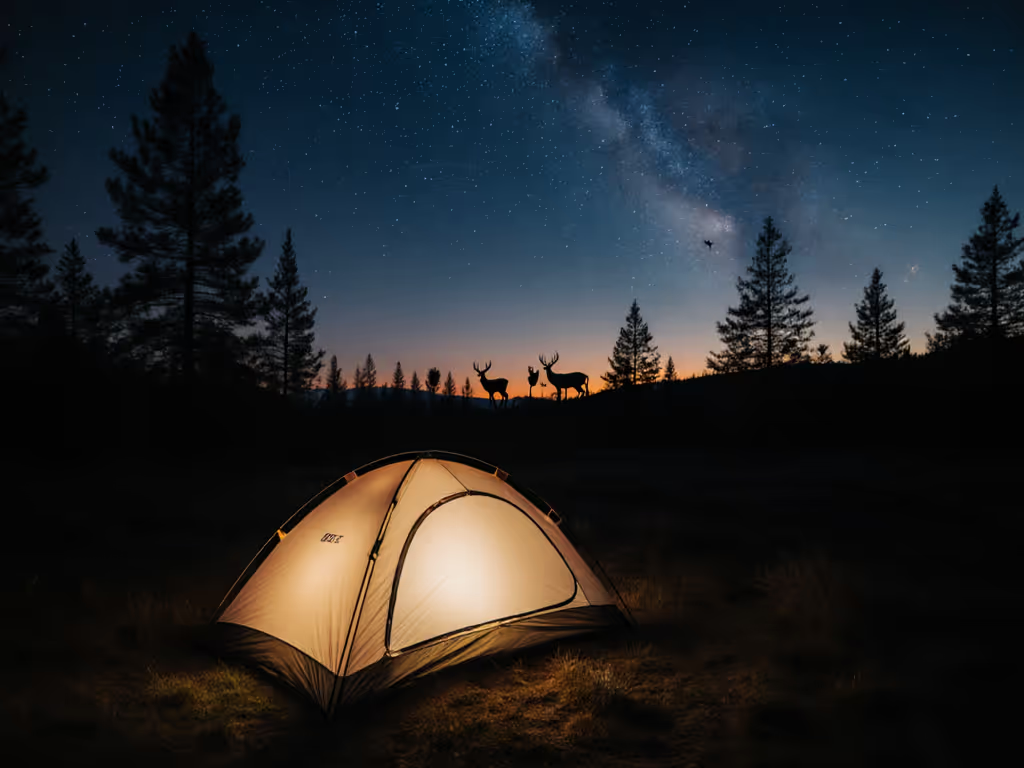
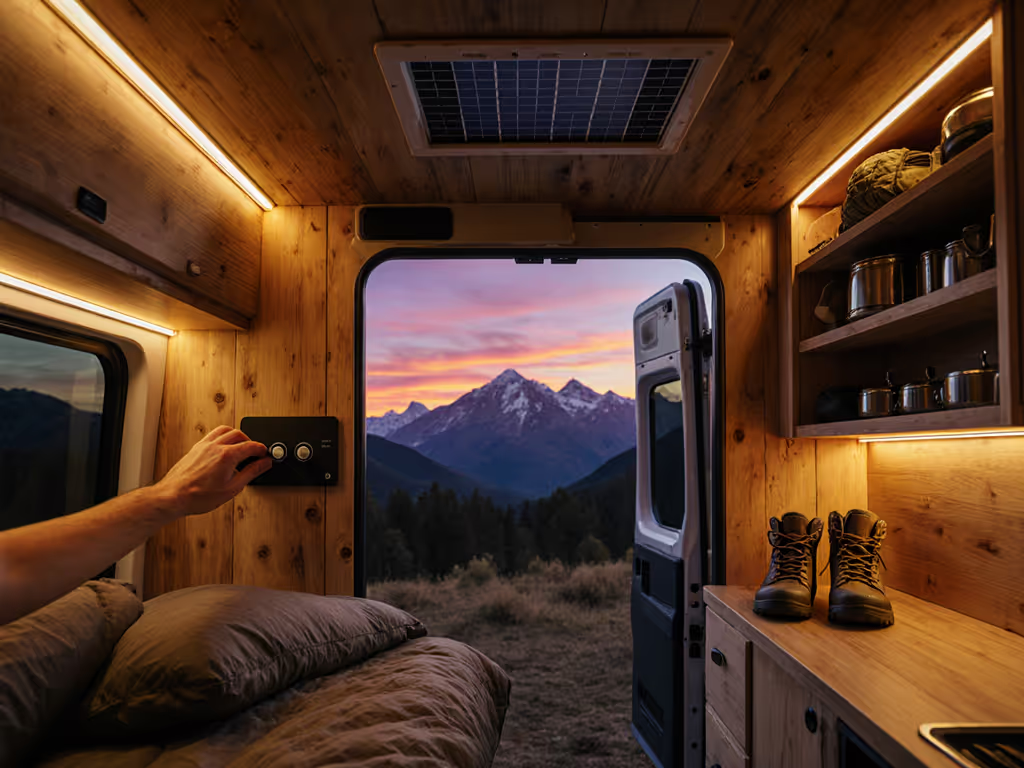
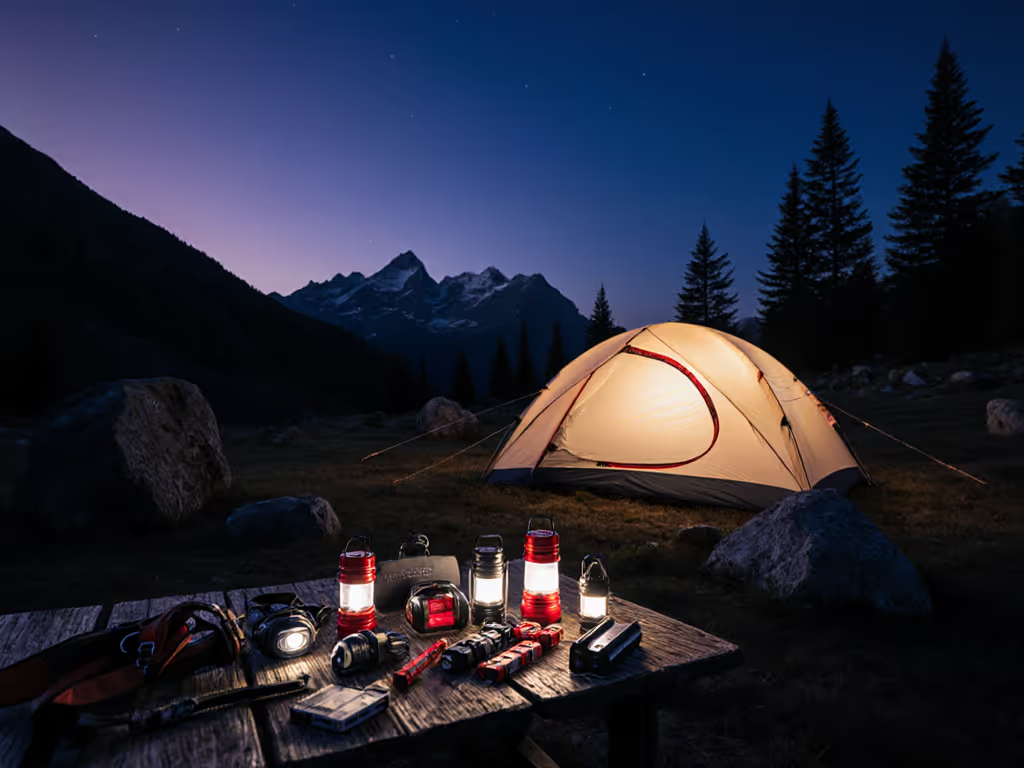
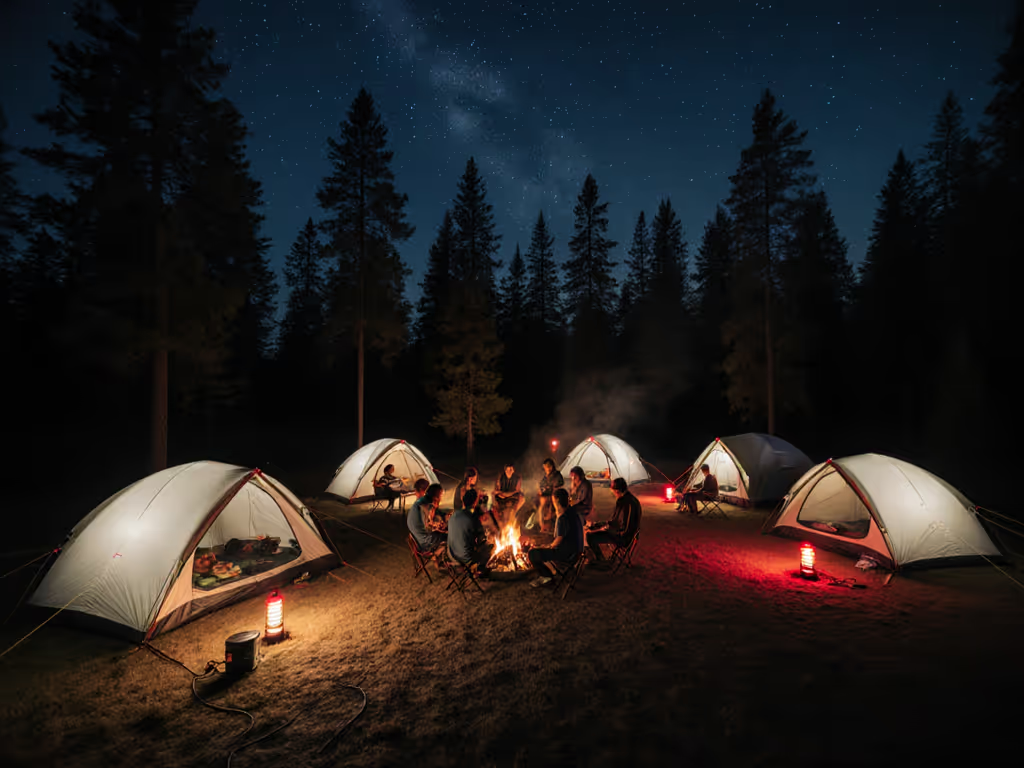
Large Group Camp Lighting: Power, Zones, and Safety for 10+
Create a zoned camp lighting plan that balances social, task, and path areas to preserve night vision, cut glare, and respect dark skies. Get clear specs and power tactics - CRI, warm CCT, beam control, and standardized charging - to keep groups of 10+ safe and powered without wasting batteries.
